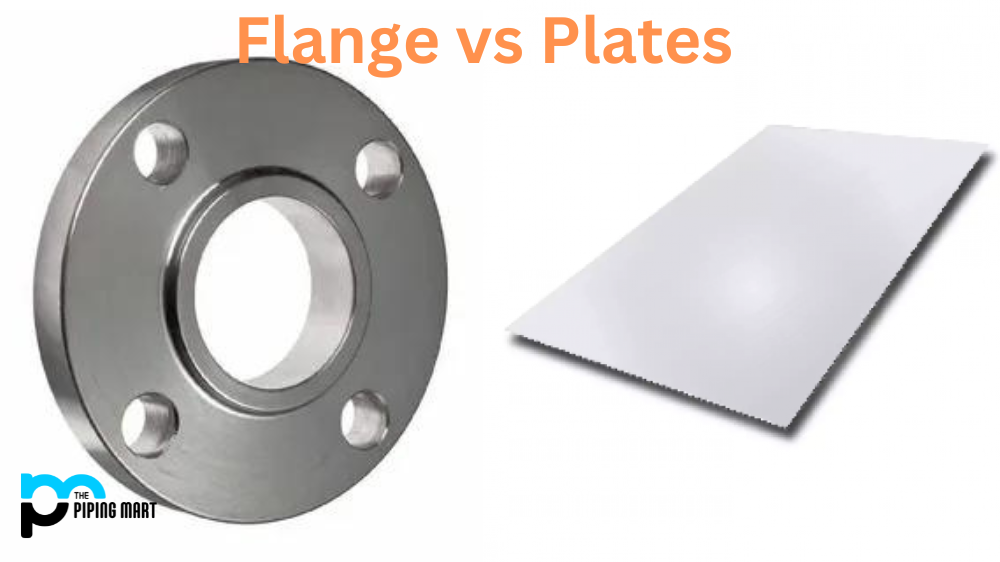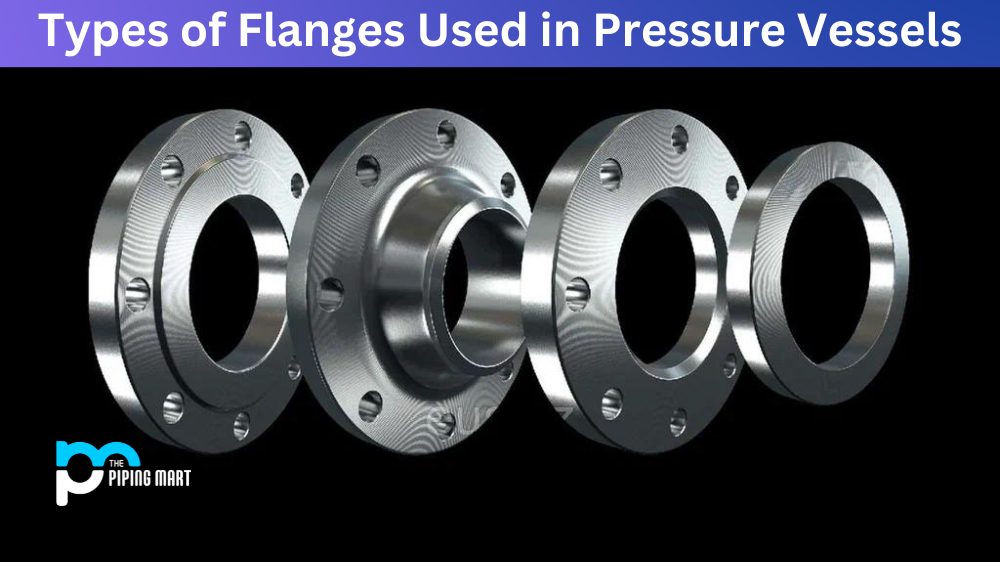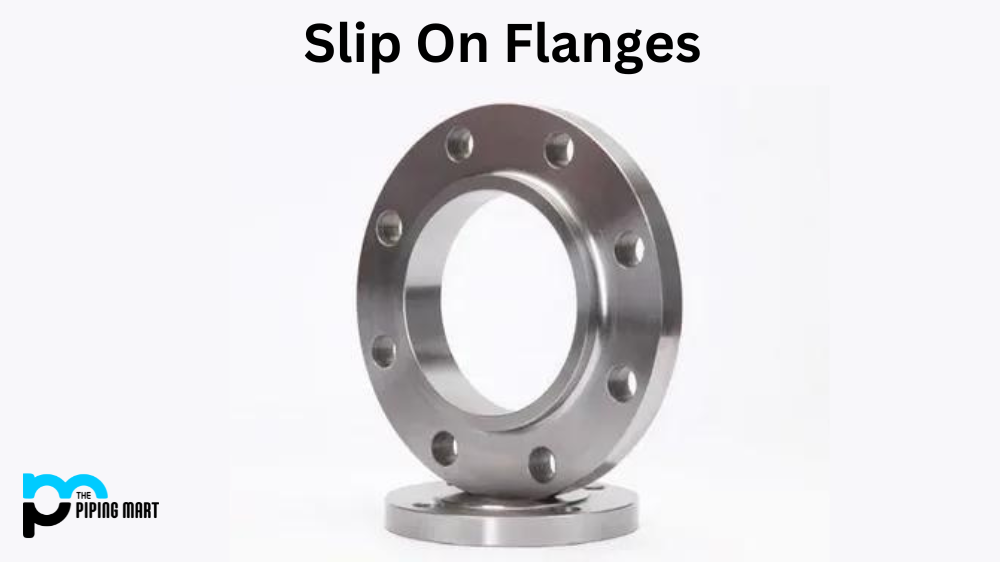Regarding industrial pipelines, a wide range of flanges are used to connect different pipes. These flanges are essential for the complete joining of the pipes, providing extra support and preventing leakage. Two of the most commonly used flanges are backing and lap joint flanges. However, many people need to be aware of the differences between these two types of flanges.
In this blog post, we will dive into the details of backing flanges vs lap joint flanges and help you understand the key differences between them to choose which type of flange best suits your project.
What is Backing Flange?
A backing flange is a small piece of piping equipment used to connect two pipes, valves, pumps and other components. It typically consists of a disk-shaped flange with screws around its edge that are used to attach it to the two pieces being connected. Its purpose is to provide extra strength and stability for the connection as well as provide an additional surface area for sealing material such as gasket or thread sealant tape.
What is Lap Joint Flange?
A lap joint flange is a pipe flange designed to be attached to the outside of another flange for reinforcement. It does not require welds or bolts, allowing easy assembly and disassembly. Its primary application is in piping systems where access to one side of the connection is limited or difficult.
Difference Between Backing Flange and Lap Joint Flange
The Design:
The main difference between backing flanges and lap joint flanges is the design. Backing flanges have a flat disc shape that helps to distribute the load evenly over the gasket surface. On the other hand, lap joint flanges have a raised face designed to align with the sealing surface of the pipe. This flange type is intended to be used with a separate buttweld pipe stub end welded to the pipe.
Connection:
Backing flanges are usually similar in dimensions to weld neck flanges and are connected to the pipe via a welded fillet joint. In contrast, lap joint flanges are not directly welded to the pipe. Instead, they are connected by sliding the buttweld stub end into the flange bore and secured with a lap joint flange assembly consisting of a sleeve and two nuts.
Flexibility:
Lap joint flanges offer greater flexibility than backing flanges. Lap joint flanges allow the pipe to be rotated, which can be useful in installations where pipe alignment may not be perfect. Also, lap joint flanges can be removed and inspected without breaking the piping systems. This makes them a great choice for piping systems requiring frequent inspection and maintenance.
Cost:
Regarding cost, backing flanges are generally less expensive than lap joint flanges. This is primarily due to the design and assembly requirements. Backing flanges are simpler and require less assembly, making them cheaper than lap joint flanges.
Applications:
Backing flanges are usually used in applications where the pipe is under internal pressure with relatively low loads and in applications without frequent inspection and maintenance. Lap joint flanges, however, find more use in situations where pipes need to be frequently inspected and maintained. They are also used in applications where the pipe needs to be rotated to different angles.
Conclusion:
In conclusion, backing flanges and lap joint flanges are both useful flanges with unique advantages and disadvantages. When it comes to choosing the right type of flange for your project, it depends on the specific application requirements. If you need a simple yet effective flange for a low-pressure piping system, backing flanges are great. However, lap joint flanges may be your best bet if you need greater flexibility for your piping system and require frequent inspection and maintenance.

Pipingmart is B2B portal specializes in industrial, metal and piping products. Also, share latest information and news related to products, materials and different types grades to help business dealing in this industry.




